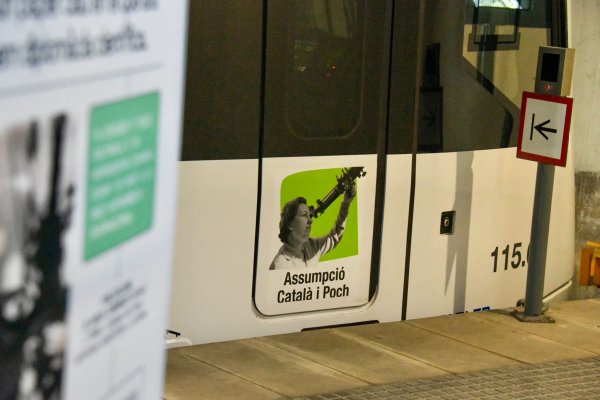SPACIOUS (Science PlAtform Cloud Infrastructure for Outsize Usage Scenarios), which will be conducted from January 2024 to December 2027, aims to become a turning point for exploiting scientific data from space missions more efficiently, through a new computational framework in astrophysics based on big data and data mining technologies. With this innovative approach, the project will be helpful in space science to handle the growing volume of highly complex data from space missions such as Gaia, the European Space Agency's (ESA) flagship project for stellar mapping of our galaxy, the Milky Way, or the recently launched Euclid, dedicated to better understand dark energy and dark matter by accurately measuring the accelerating expansion of the universe.
This initiative will promote unified access to scientific data, infrastructures, tools and methodologies that analyse information from space projects. SPACIOUS is the result of scientific cooperation between the University of Barcelona, the University of A Coruña (UDC), the University of Edinburgh (UEDIN, UK), the Barcelona Supercomputing Center (BSC), the Centre for Astrophysics and Gravitation (CENTRA, Portugal) and the Adam Mickiewicz University of Poznań (UAM, Poland).

Credit: ESA/Euclid/Euclid Consortium/NASA/S. Beckwith (STScl) and the HUDF Team
Gaia and Euclid: unlocking the secrets of the galaxy and the universe
Gaia is a leading ESA mission launched into space in December 2013 to create the most accurate and complete three-dimensional map of our galaxy — the Milky Way — with data on the position, velocity and direction of motion, luminosity, temperature and composition of nearly 2 billion galactic and extragalactic objects. This information will allow astronomers to reconstruct the past and future evolution of the galaxy over billions of years. The Gaia satellite is one of the most precise and technologically advanced instruments ever built.
Since its beginnings, Gaia has involved a team of astronomers and engineers from the ICCUB and the Institute of Space Studies of Catalonia (IEEC), led by researchers Carme Jordi, Xavier Luri and Francesca Figueras, from the Department of Quantum Physics and Astrophysics (UB-ICCUB-IEEC).
"In this context, the SPACIOUS project will help boost the competitiveness of the European Union's scientific community and will be immediately applied to the management of data from the Gaia mission, which has reached tens of terabytes today and will reach hundreds of terabytes soon", says Xavier Luri, a member of the Department of Quantum Physics and Astrophysics. "This new European project will also be applied immediately to another ESA space project: the Euclid mission, which aims to study two basic components of our universe, dark matter and dark energy.
Specifically, Euclid will observe billions of galaxies up to 10 billion light-years away to create the most accurate and extensive 3D map of the Universe. ESA's Euclid spacecraft, which was successfully launched into space in July 2023, will provide insight into how the expansion of the Universe has evolved over its cosmic history.
SPACIOUS: a new technological scenario
In such a highly competitive international environment, SPACIOUS will establish a new technological scenario to facilitate more efficient exploitation of massive datasets with analysis methodologies that exceed current expectations.
"SPACIOUS aims to combine existing technologies in a new big data and data mining environment to enable the analysis of ESA mission data to a level that is not possible with traditional means of analysis. And all this in parallel with the progress of our own astrophysical research and the management of the data available from the Gaia and Euclid missions," says Xavier Luri.
SPACIOUS aims to achieve a significant scientific and technological impact for of society and the economy as a whole. In its most scientific aspect, the most outstanding impacts will be reflected in an increase in the number of scientific products and publications in astrophysics based on the exploitation of massive datasets.
On the more technological side, the project will facilitate an increasing number of institutions and researchers with advanced data processing capabilities and scientific teams exploiting ESA data, especially from the Gaia and Euclid missions. In addition to generating promotions of scientists and engineers with relevant skills in data analytics and big data, SPACIOUS will also enhance the transfer of technological solutions to the private sector for the benefit of the overall EU economy.



